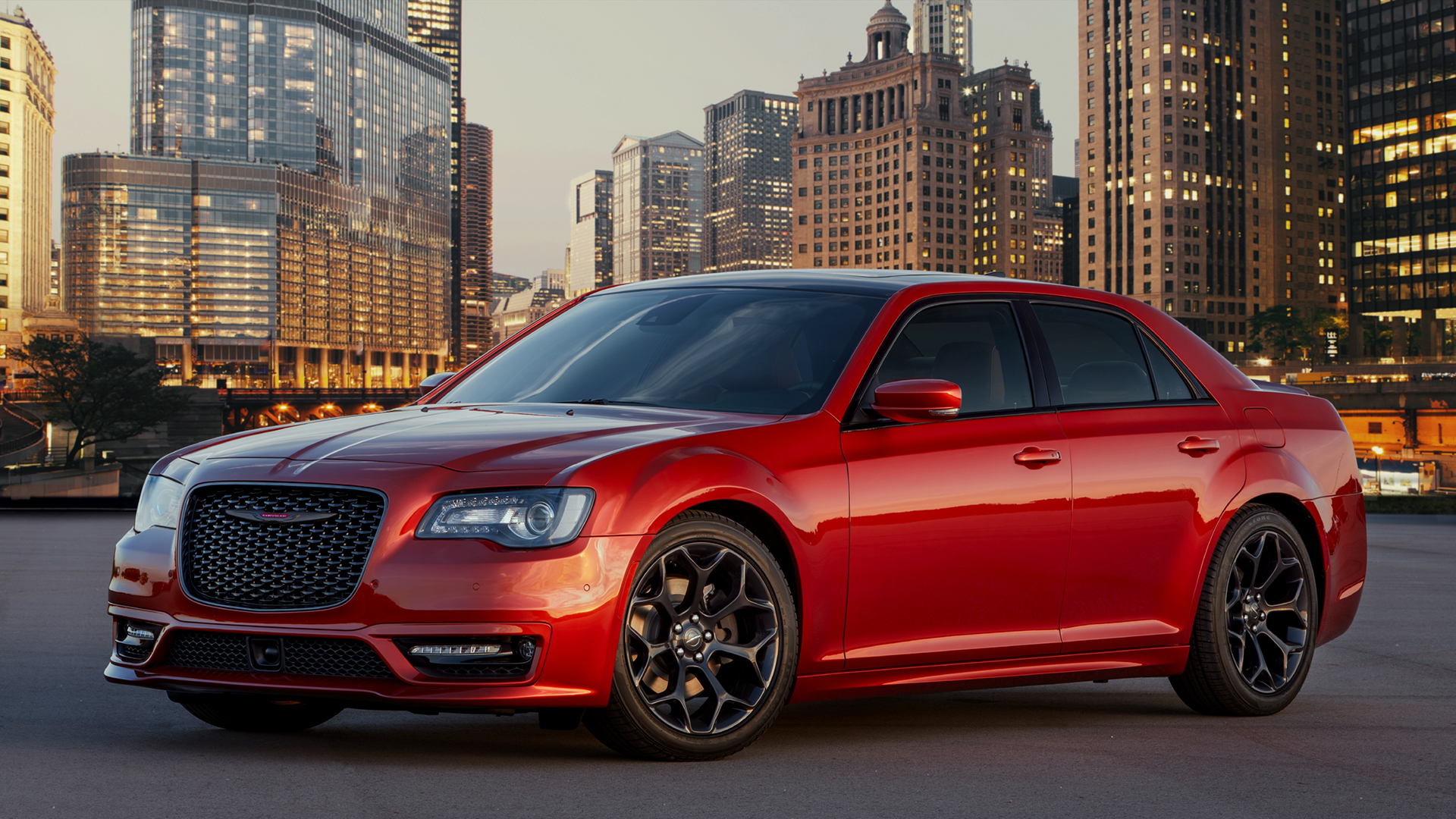

With the merger of Fiat Chrysler Automobiles and PSA Group earlier this year, Stellantis became the world’s fourth-biggest automaker by volume overnight. With the company’s stable containing fourteen separate auto brands, it’s fair to say most were expecting new management to trim the fat, potentially killing off weaker marques—Chrysler’s demise was a common rumor—to focus on their key stars. Not so, says Stellantis CEO Carlos Tavares, who this week said every single brand under the Stellantis banner will get a solid decade to sort themselves out and prove their post-merger worth.
Speaking at the Financial Times’ Future of the Car event, Tavares laid out his expectations. “We’re giving each [brand] a chance, giving each a time window of 10 years and giving funding for 10 years to do a core model strategy. The CEOs need to be clear in brand promise, customers, targets and brand communications,” he said. “If they succeed, great.” It’s not the first time Tavares has indicated his support for the continuation of the various brands under the new company’s banner. However, it is the first time that a clear timeline and strategy has been presented since the merger was completed back in January.

To recap, here’s the full list of companies Tavares just pledged to keep around into the 2030s:
- Abarth
- Alfa Romeo
- Chrysler
- Citroen
- Dodge
- DS
- Fiat
- Jeep
- Lancia
- Maserati
- Opel
- Peugeot
- Ram
- Vauxhall
Ten years is both a long and short period of time, suggesting that the decision to maintain the full roster wasn’t one taken lightly. With the length of automotive product development cycles, though, it’s hard to imagine struggling brands turning around much faster. Having a decade in hand will gives names like Chrysler time to get serious about a consistent brand image and the transition to electric vehicles, and joints like Alfa Romeo a chance to find their place in the market and secure a foothold with new models. With that said, there are still some lost causes here from my vantage point. It’s difficult to see a brand like Vauxhall, for example, doing much to differentiate itself on any timescale, particularly when it’s lumped in with its other stablemates. The proposition to keep the Vauxhall name alive seems to be a flimsy one when Citroen, Peugeot, Opel, and even Fiat all exist to pump out affordable cars too.
Further details are thin on the ground, but expect to see a clearer outline of the future plans in presentations to shareholders over the next year. Even if the commitment is made for now, it’s foreseeable that a brand or three could still be axed early if it fails to show promise five years in with no trump cards up its sleeve. Until those events come to pass, start contemplating which exotic, foreign Stellantis cars you wish you could buy in America.
Got a tip? Let us know: tips@thedrive.com